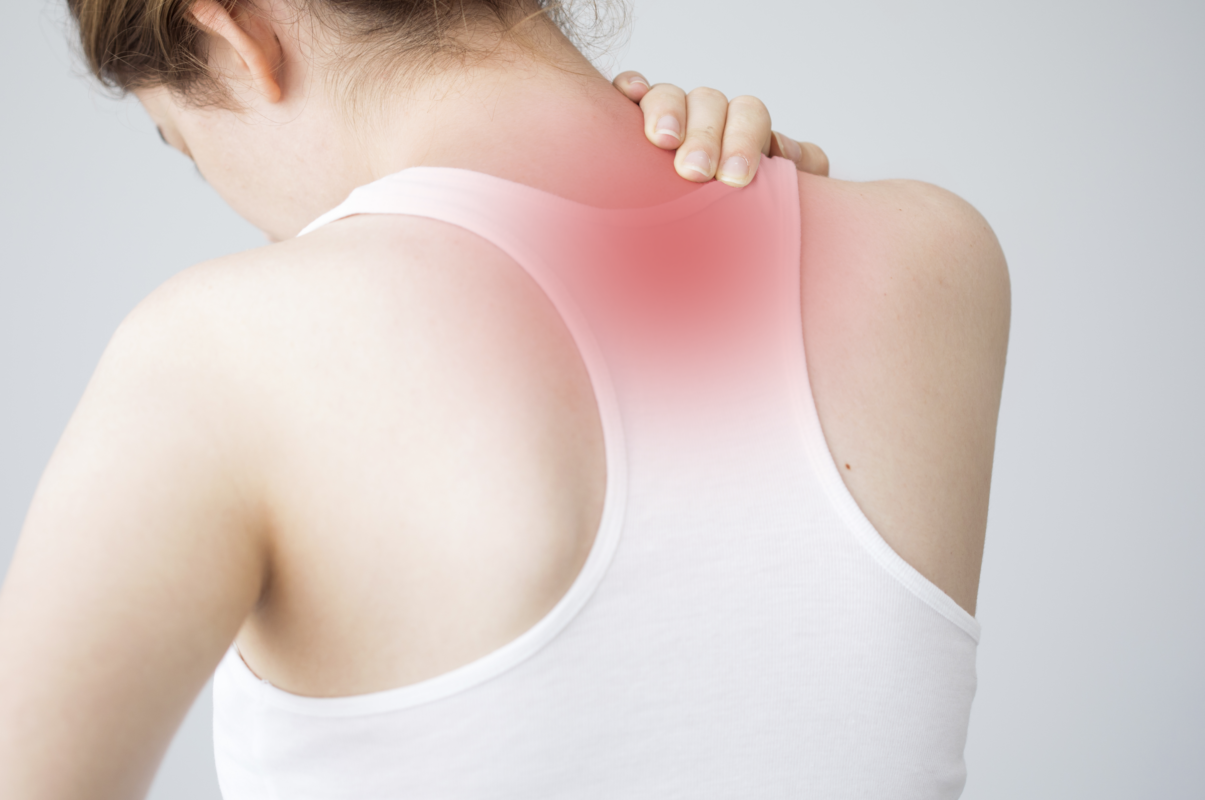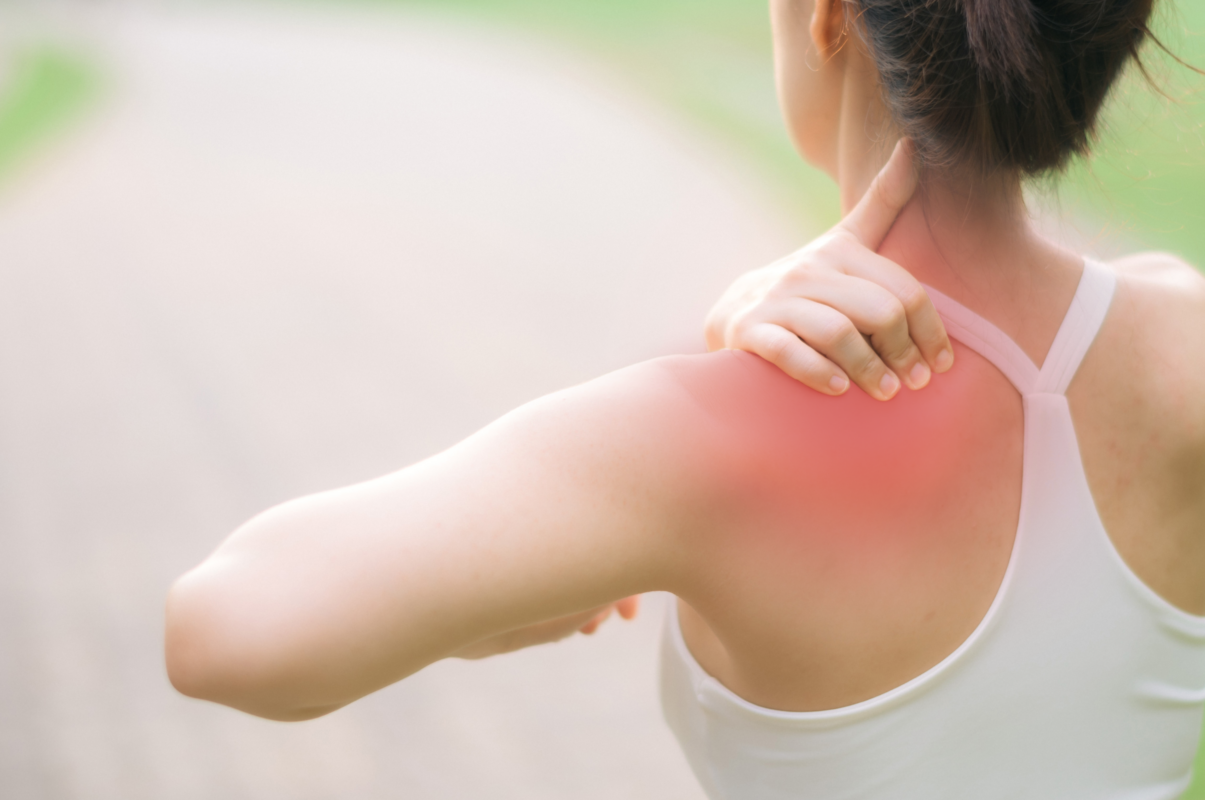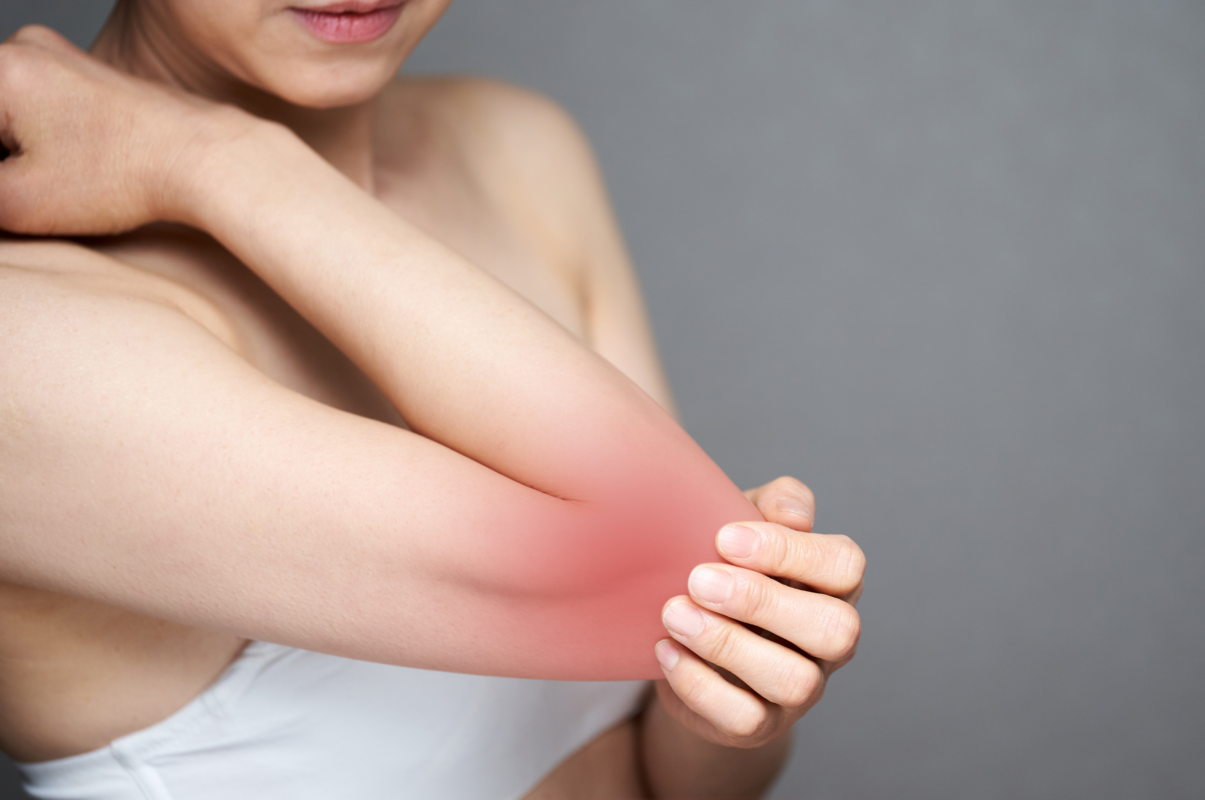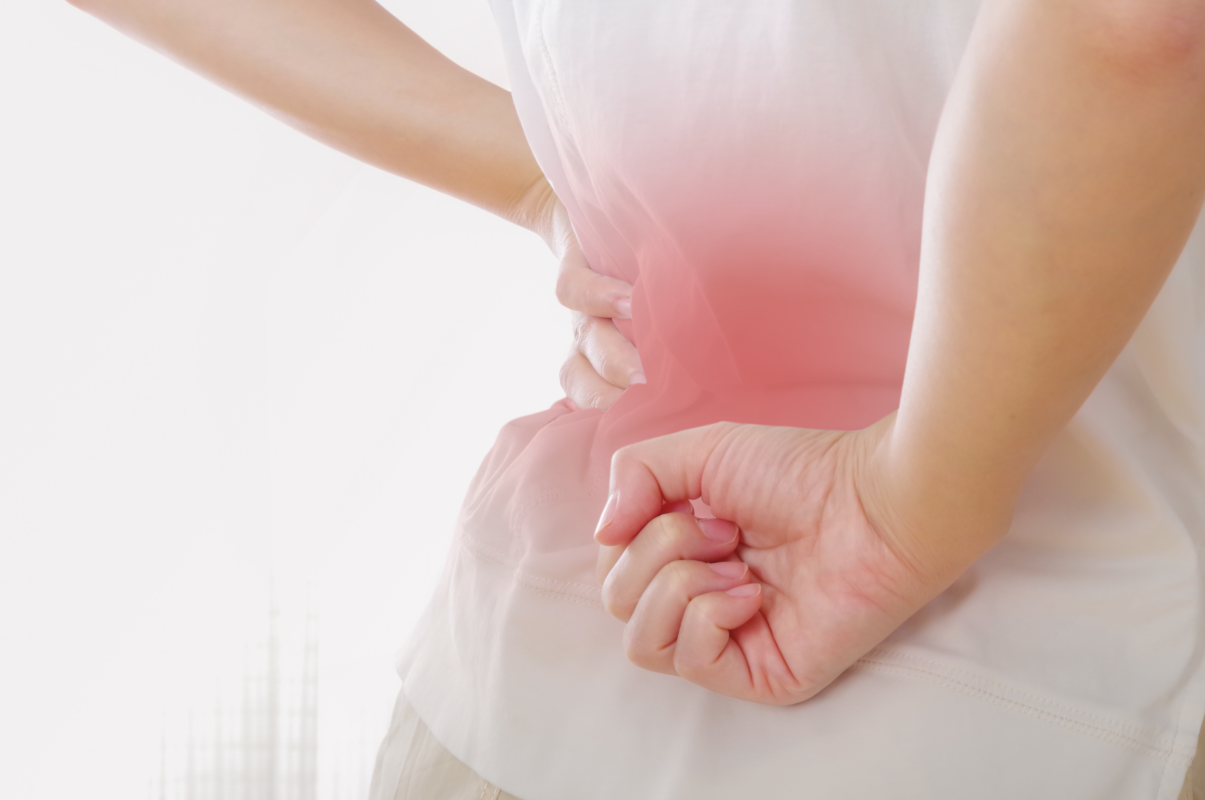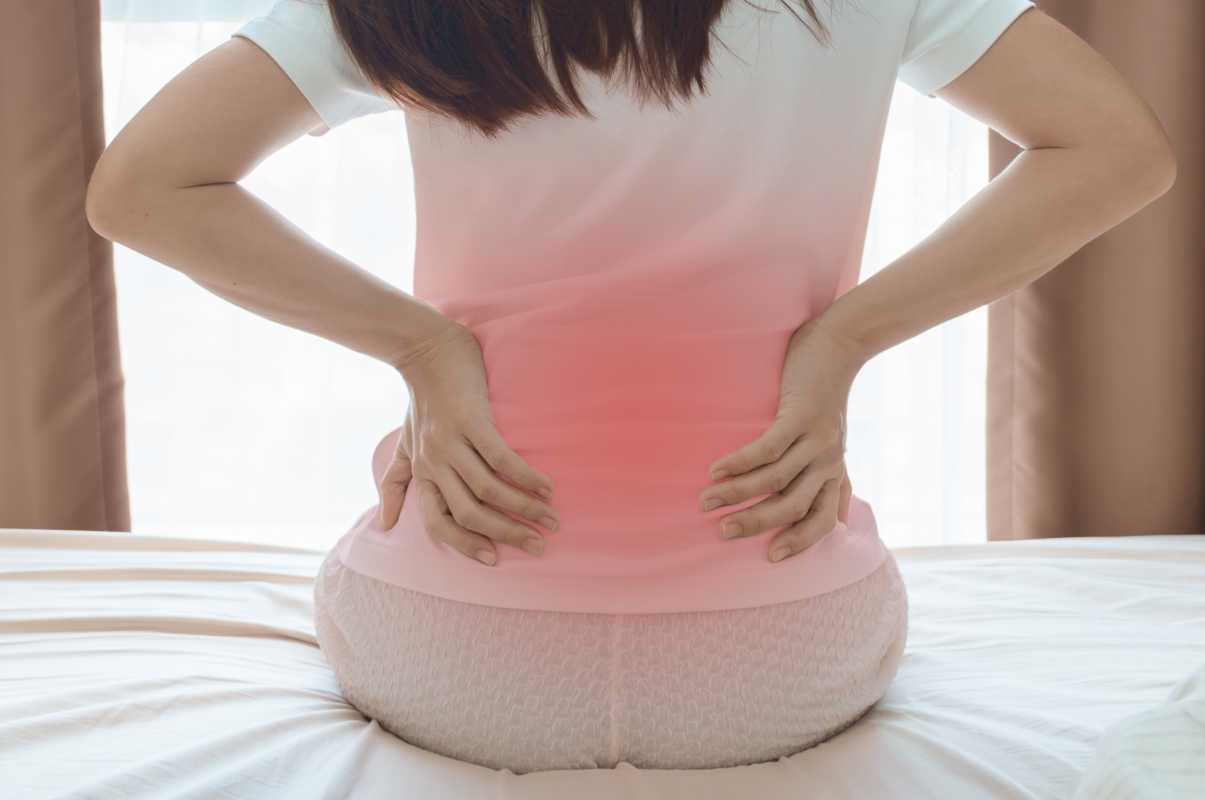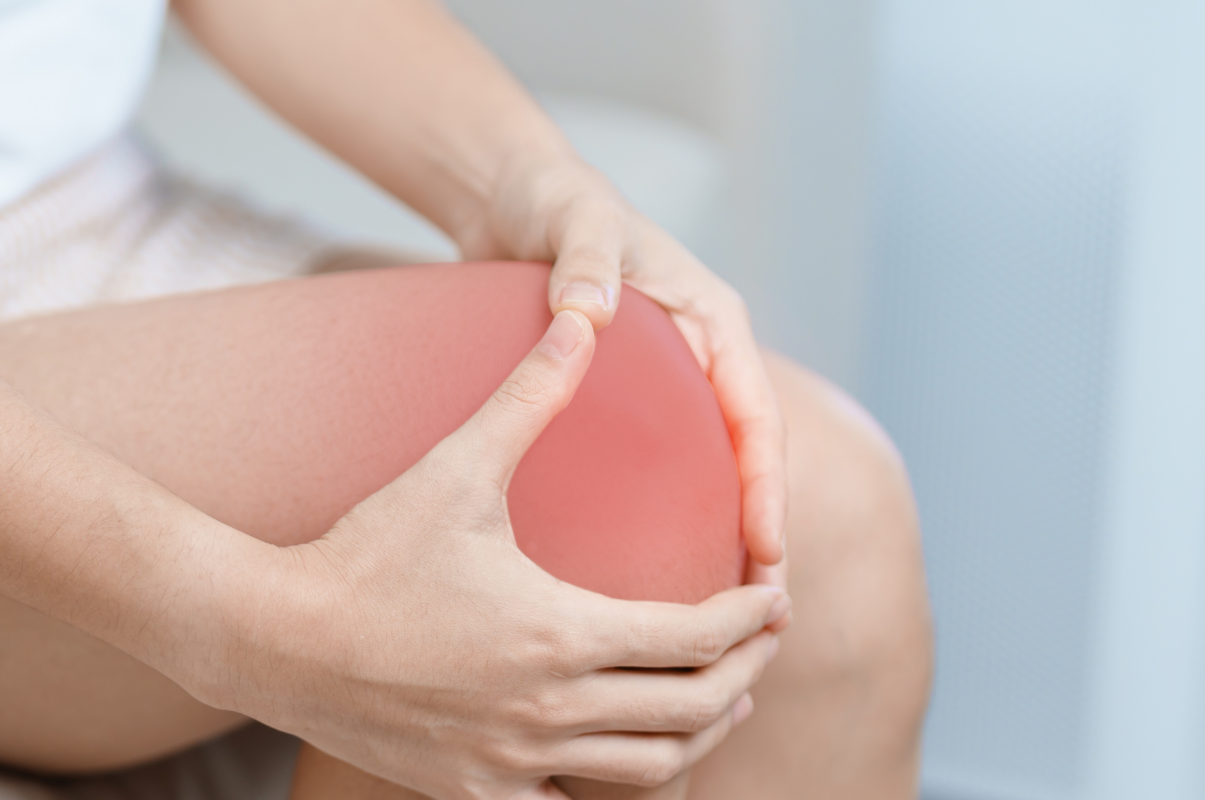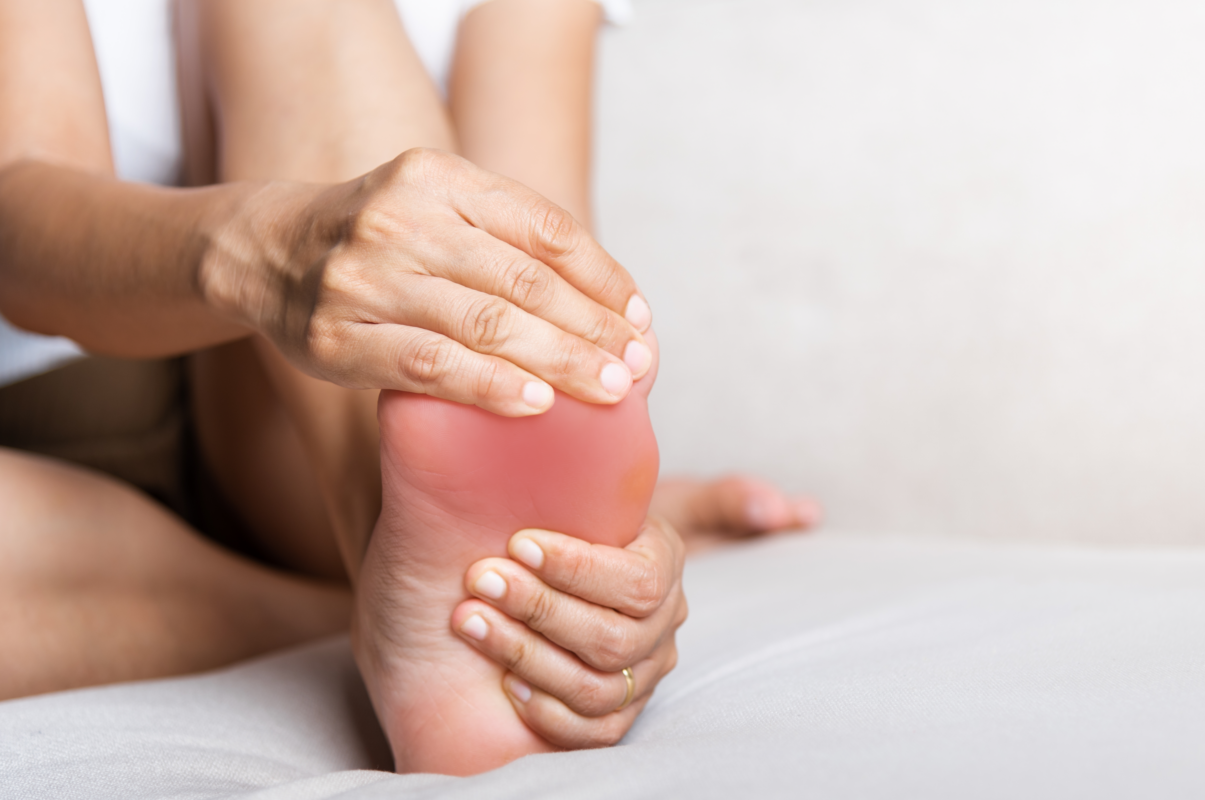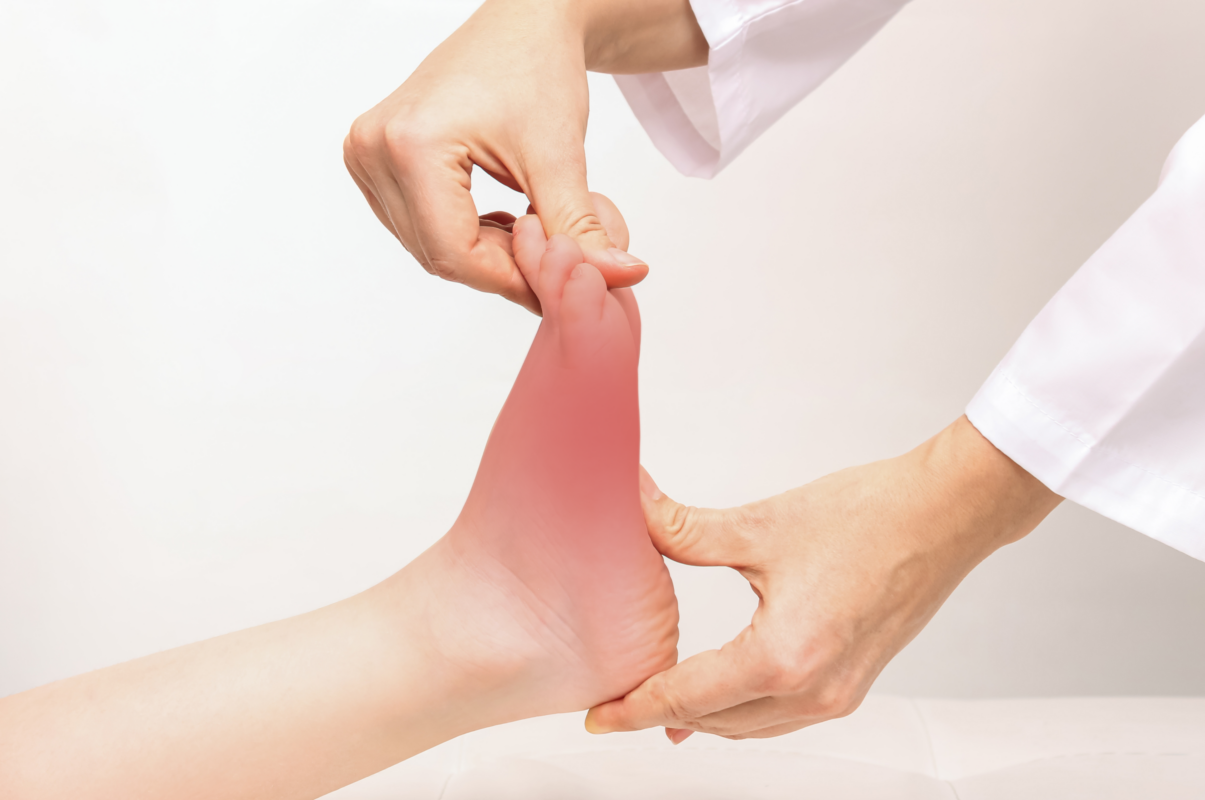Pediatric Foot Conditions
Many schoolchildren carry backpacks weighing over 20 pounds, which can lead to flat feet, scoliosis, and hunchbacks in children with immature skeletal development. Poor sitting, sleeping, and walking habits are primary causes of foot problems. Many children prefer to sit in a "W" position, which can lead to inwardly turned feet or knock-knees. For instance, those with flat feet often feel fatigued after short walks, and their walking posture may be unappealing. Lack of proper treatment can lead to various health issues, including plantar fasciitis, achilles tendonitis, patellar tendonitis, back pain, and even neck pain.
Golden Treatment Period
Ages 4-13 are critical for the growth of foot arches and the best time to correct foot issues. Children with foot problems should first visit a spinal treatment center for a foot health check and may benefit from custom insoles to improve foot ergonomics and provide adequate arch support. For foot pain, knee pain, and back pain caused by these issues, rehabilitation exercises and chiropractic adjustments can improve symptoms and prevent missing the golden treatment period.
